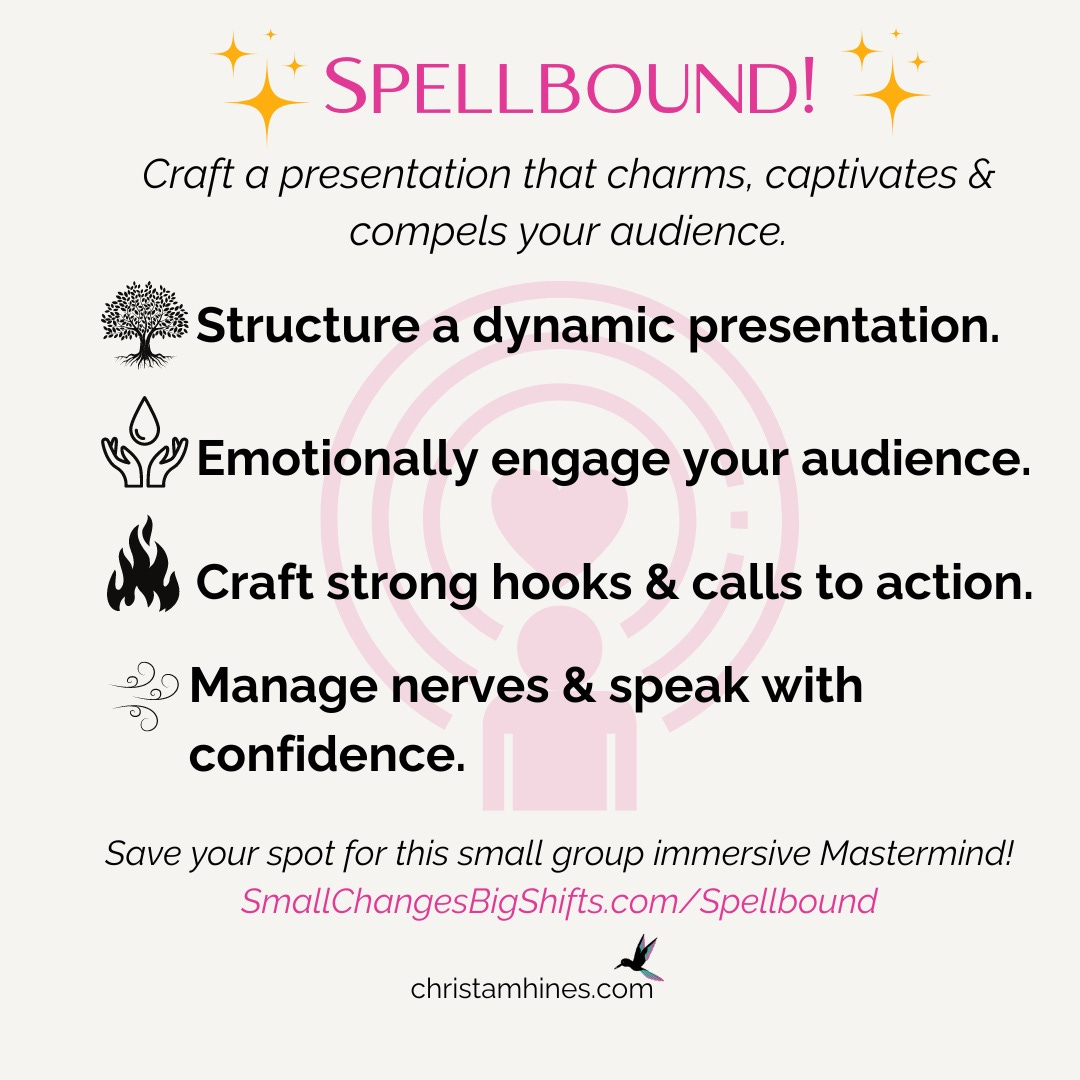Ready to create a more engaging presentation? Here’s how…

One of the worst presentations I ever had to give was in 7th grade Life Science. A few weeks before, my teacher circulated a sign-up sheet with a list of topics that we had to choose from. By the time the list made into my hands, I groaned. The only topic left was the vile tapeworm. >:(
At 12, I couldn’t think of anything more revolting to be forced to research, write about and present. I had as much interest in the material as a kindergartener has in homeowner’s insurance.
I’ll never forget holding my poster board with its rough drawing of a sharpied tapeworm shaking in my hands while stammering through the presentation— all while my malevolent teacher yelled at me to “Speak up!”… “Speak up! I can’t hear you!”… “SPEAK UP!!”
Jump ahead a couple of years. We were studying Greek myth in my World History class, and we were assigned to present on a myth of our choosing. I chose Pandora’s Box. I’d been geeking out on Greek myths for years so I was thrilled to present on this topic. And it showed. My classmates were asking me questions and seemed genuinely interested.
Here’s why one of the presentations worked while the other fell as flat as, well, a tapeworm.
All fact, no story.
People are 22 times more likely to remember a story than straightforward facts because stories show us why we should care. They light up our empathy buttons.
If the narrative is strong, it transports our imaginations. We envision ourselves in the story.
What if my science teacher had suggested we talk about how the topic was affecting people’s lives and then share a story about how it affected one person’s life?
Our brains are evolutionarily wired for stories. Stories are how we connect with each other. They help keep us safe. They keep us informed.
Stories help us explain the unexplainable. For example, between 1450-1650, there was a sort of werewolf epidemic in Europe (similar to the witch trials except much, much smaller in scale, think 300ish to tens of thousands).
Some historians and folklorists believe the werewolf is how people back then made sense of medieval and early modern serial killers. Only a pact with the devil could turn these people into wolf-like creatures who would hunt and viciously murder their innocent victims.
Stories make up 65% of our conversations. Think about it. Last time you gathered with your friends, did you swap an encyclopedia of hard-hitting facts or share anecdotes, stories and gossip to support those facts?
Questions to consider:
What do you want your audience to feel and how does the story bring the facts you’re sharing to life? Why do you want them to care?
Unfocused.
A presentation that meanders loses its listeners. This often happens when the presenter is trying to stuff too much information into one presentation.
What is the main point or question that you’re answering in your presentation? What’s the problem that your audience has that your solution or big idea helps resolve?
Use the rule of three as a guide. What are three talking points that help support your overall theme? I like using index cards to write down each talking point. That way I can move them around as I structure the presentation.
Brainstorm stories and choose the strongest ones to illustrate each talking point. Write those on index cards (or an outline if that’s your preference).
Put simply, stories with a complete narrative arc include the problem/conflict, the journey and the end result. For example, the result of my early attempts at public speaking during my school years taught m the importance of choosing topics that lit me up inside (and not in an icky way like the much beleaguered tapeworm). When I was excited about a topic—or found a way to get excited about a topic through story—I could also engage my audience.
Lacks an invitation to interact.
Integrate a variety of elements into your presentation to engage people with different learning styles. For example, appeal to auditory learners by asking questions and giving them a chance to share.
Invite audience participation like having them raise their hands or move their bodies in some way.
Give your audience pen and paper so that the learners who process through writing, can take notes.
What’s your biggest challenge with public speaking?
Want to learn more about creating an engaging, compelling connection with your audience through the art of presentation?
If you’re local to Kansas City, please join me for Spellbound!, a small-group, in-person mastermind on Tuesdays, April 9-May 14 from 4:30-6 p.m. at Your Wellness Connection in Shawnee.
In this mastermind, you’ll learn how to identify and integrate key elements that will make your presentation structurally-sound, compelling and memorable. I will help you tease apart your presentation (or build a new one) and craft it in a way that will excite you and your audience.
We’ll use the elements of earth, fire, water, air and spirit as our creative framework to build your presentation.

To learn more or register, visit smallchangesbigshifts.com/spellbound.
